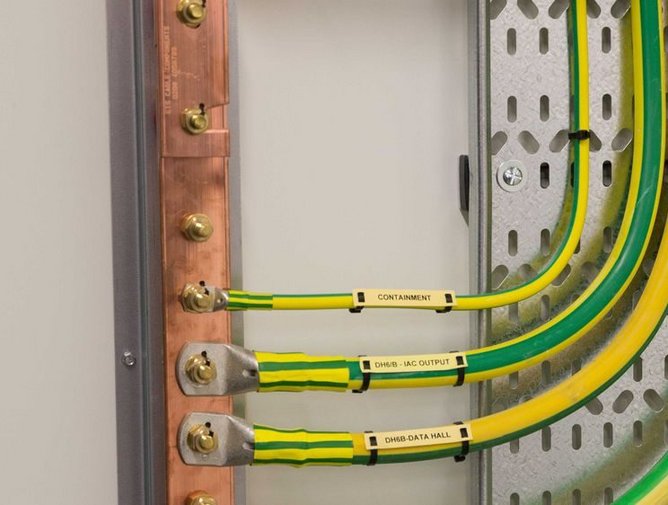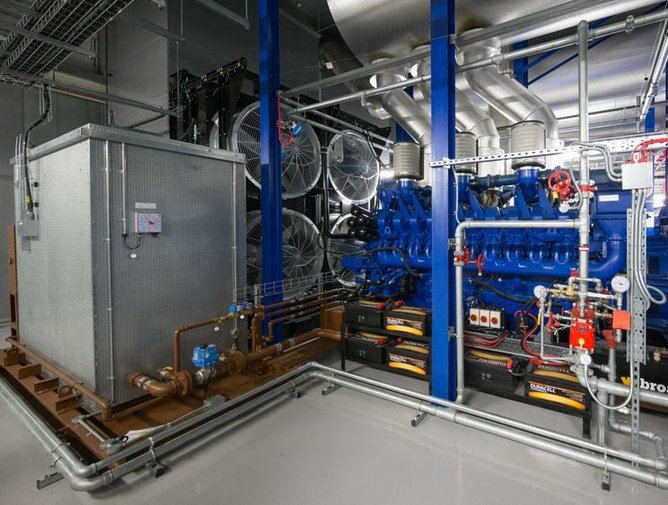
Ryo Kurita
General Manager of KDDI TELEHOUSE
Customer focused and data driven is how Ryo Kurita, General Manager of KDDI TELEHOUSE, describes his leadership strategy with the KDDI TELEHOUSE.
Kurita started his career journey with KDDI 15 years ago working at their Japanese headquarters in Tokyo where he focused on the non-Japanese enterprise market including data centres, mobile phones and fixed network services.
“I relocated to the San Francisco Bay area seven years ago with extended responsibility to lead the team that maintains the relationships with all major US global companies on a global scale - including business development and strategic partnerships with US tech companies,” he said.
“I would describe my leadership style as customer focused and data driven. I listen and then carefully observe what the customer says and what they want and then match that actual feedback with the generic market trends to find out if there are any mismatches.
“Customers know the most and customers create the market, so technically speaking I think these two elements should be nearly equal. I'm always trying to put myself not too far away from the customer and being vigilant where the market goes. Some leaders tend to rely on the numbers too much and neglect the real customer feedback. So I'm trying to keep a good balance between those two elements - being flexible to tweak my strategy.” he said.
As one of the most widely connected ecosystems globally, TELEHOUSE Carrier Interconnect brings together more than 750 connectivity partners - such as leading global Internet Exchanges and Tier 1 carriers - with all the major mobile, cloud and content providers as well as enterprise and financial services companies.
Kurita said the COVID-19 pandemic has made him realise the importance of the digital infrastructure as people can still communicate over video chat.
“There are some constraints but people started to explore ways to run their businesses with technology improvements. That was very encouraging for us as we can support more people and sustain their businesses from an infrastructure perspective. The pandemic gave us a chance to remind all that the infrastructure always needs to be more robust and more resilient to ensure people stay connected,” he said.
Read the full story HERE


Featured Interviews
“Our ESG and DE&I programs are pivotal to ensuring that we not only strive to deliver excellence in data centre development and operations, but we also provide a welcoming and thriving work environment for our people along with developing strong connections with the communities in which we operate.”





